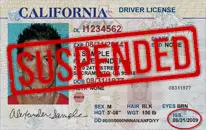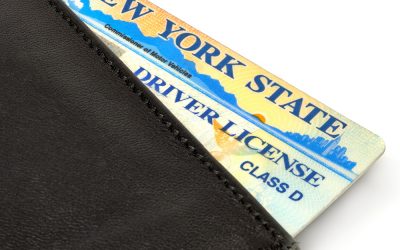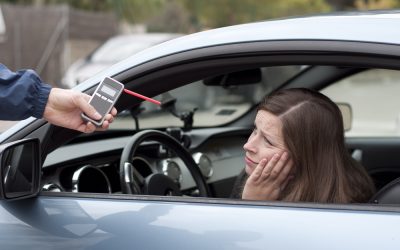BAC or blood alcohol concentration is used as a measure of how intoxicated someone is. In California, it is always illegal to drive with a BAC of .08% or higher. However, but it also matters how much above the limit you are. A driver with a very high BAC will be treated differently than one who is just barely above the line.
California has established two DUI enhancements for excessive BAC, depending on how high your BAC was when you were tested. The enhancements are:
- BAC of .15% or more: tougher DUI penalties
- BAC of .20% or more: tougher DUI penalties plus mandatory alcohol treatment
These are the state limits; some individual counties may enforce stricter limits and impose penalties for excessive BAC at even lower levels.
You can fight both the excessive BAC enhancement and the DUI itself.
Why does excessive BAC carry tougher penalties?
BAC is seen as a scientific measure of how intoxicated someone is, and the numbers are not chosen at random. Here is a brief explanation of the effects a typical person will feel at each of the BAC limits California uses:
- BAC .08% “Impaired”: This is the level of intoxication where you first start to exhibit impairment of balance, speech, reaction time and reasoning. This is why it is dangerous to drive at this BAC level, and why it’s illegal. This level of intoxication is particularly risky because you will usually think you’re functioning much better than you actually are.
- BAC .15% “Dangerously Impaired”: At this level of intoxication you will experience major impairment and a lack of physical control. You are likely to experience some blurred vision and a substantial loss of balance. Drivers at this level tend to weave and have difficulty controlling their car. Judgement is also extremely impaired at this level.
- BAC .20% “Unable to Function”: At this level you may need help just to stand up or walk. You will be disoriented and possibly confused. Blackouts are possible at this point, as is simply passing out.
According to the National Conference of State Legislatures, more than half of all DUI drivers involved in fatal crashes had a BAC of .15% or above. In other words, statistics suggest that people become much more dangerous drivers at this point. That is why .15% was chosen as the threshold for excessive BAC charges.
What are the penalties for excessive BAC .15% or higher in California?
If your BAC was tested at .15% or higher, the judge has a great deal of discretion in how to sentence you. The law simply says the judge may consider your BAC as a special factor. You should expect:
- A minimum 10-month license suspension from the DMV.
- You will be required to install an ignition interlock device in your car once you start driving, even if this is your first DUI.
- Jail time may be mandatory. In many DUI cases, you may be able to get jail time waived if you successfully complete your probation, but with excessive BAC the judge may not grant this.
- You may need to complete a 9-month DUI school course. A first time DUI would otherwise carry just 3 months of DUI school.
What are the penalties for excessive BAC .20% or higher in California?
If you BAC was tested at .20% or higher, you will face the same sorts of additional penalties as above, but they can be even tougher:
- The 9-month DUI school will now be mandatory.
- You will be ordered to go to alcohol treatment as part of your DUI probation. You cannot complete your sentence until you prove that you have enrolled and been attending a treatment program.
How do I fight an excessive BAC enhancement?
You can often fight it by challenging the accuracy or legality of the BAC test results. This may be because:
- Rising blood alcohol means the test was not accurate
- Mouth alcohol, diet, GERD or diabetes mean that the test was not accurate
- The test was not conducted properly
- The entire DUI traffic stop or arrest was illegal
You Can Win Your DUI
Have you been charged with DUI? We can connect you with an experienced Los Angeles DUI lawyer and get you a FREE consultation. Fill out the form to the right or call (310) 896-2724 and get your free consultation today.






